Donated MACV-SOG and Support Units Artifacts
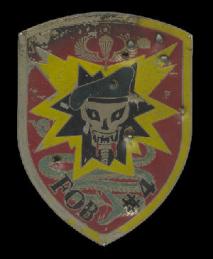
FOB-4 Da Nang Plaque. Side One
Aftermath of 23, August 1968. Bullet holes, frag holes and burn marks. Paul A. Christensen MACV-SOG S-2 CCN CCC
FOB-4 Da Nang Plaque. Side Two
Aftermath of 23, August 1968. Bullet holes, frag holes and burn marks. Paul A. Christensen MACV-SOG S-2 CCN CCC documented time and his best friend Gilbert Secor was KIA that night.
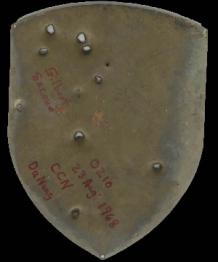
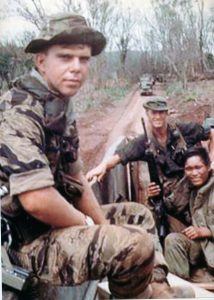
AN/PRC-25
- Basic Characteristics:
Frequency Coverage : 30 – 75.95 MC in 2 bands: 30-52.95 MC and 53 to 75.95 MC, each in 50 KC
increments. 920 Channels total
- Frequency Modulated (FM) “wideband” voice
- Technology : Transistorized except for vacuum tube 2DF4 in the transmitter power amplifier
- Transmitter deviation : 10 KC nominal
- Power Source : BA-386/PRC-25 or BA-4386/PRC-25 battery (portable) or the vehicular amplifier 24 volt
Power Supply as the VRC-53 or GRC-125
- Battery life : 60 hours with BA-4386/PRC-25. Depends upon transmit-receive ratio in use.
- Power Output : 1.5 Watts (Band 2) to 2 watts (Band 1) minimum
- Squelch : Tone (150 cps) Operated “Squelch” mode selected by front panel function switch. Squelch is
disabled when the Function switch is in the “ON” position.
- Weight : 25 pounds with battery and accessories, as carried
- Planning Range : 3-5 miles
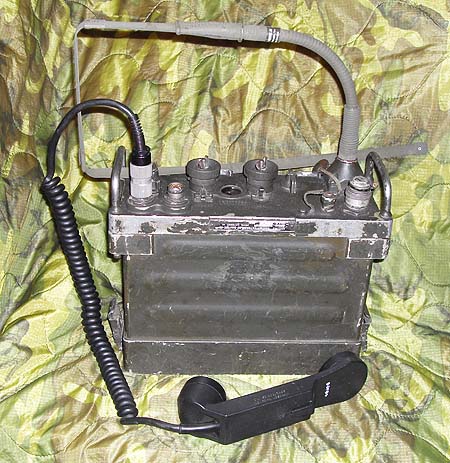
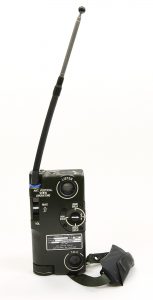
STABO Rope
The STABO rig was far more secure, safe and comfortable than the McGuire rig, and perhaps most importantly, it allowed the unrestricted use of the operator’s hands, to operate any weapons during the frequently ‘hot’ extractions from a combat landing or pickup zone. Further, the rig was equally effective if an operator was wounded or unconscious.
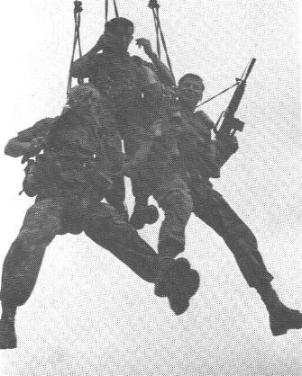
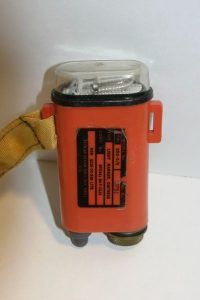
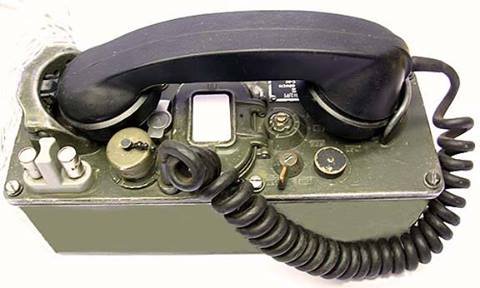
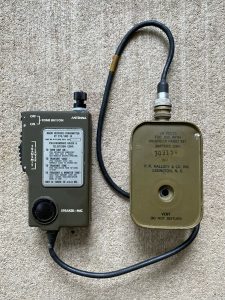
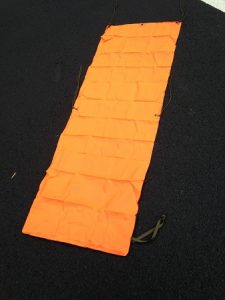

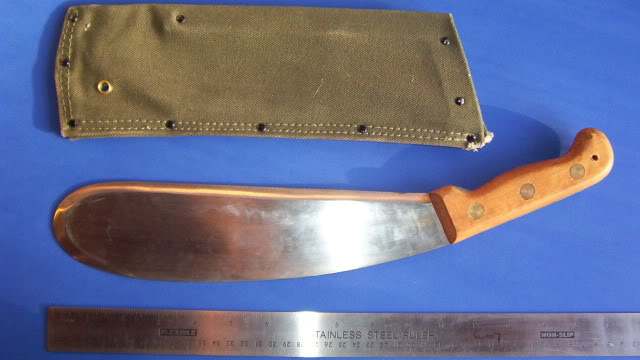
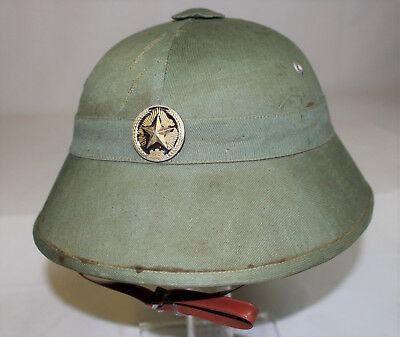
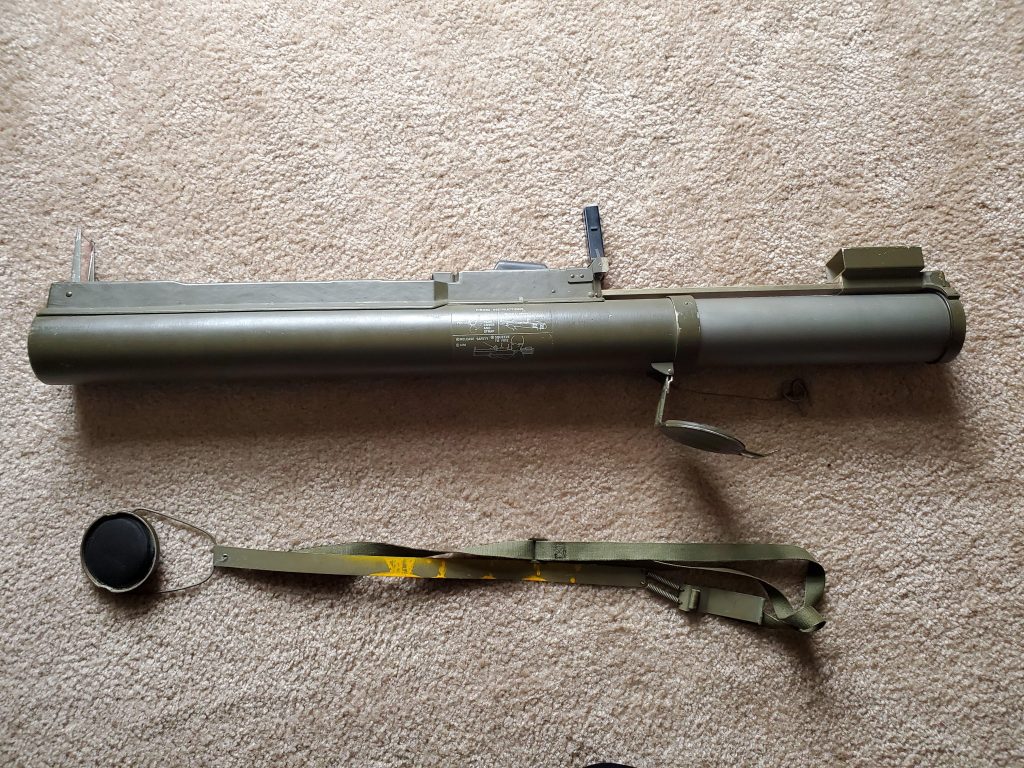
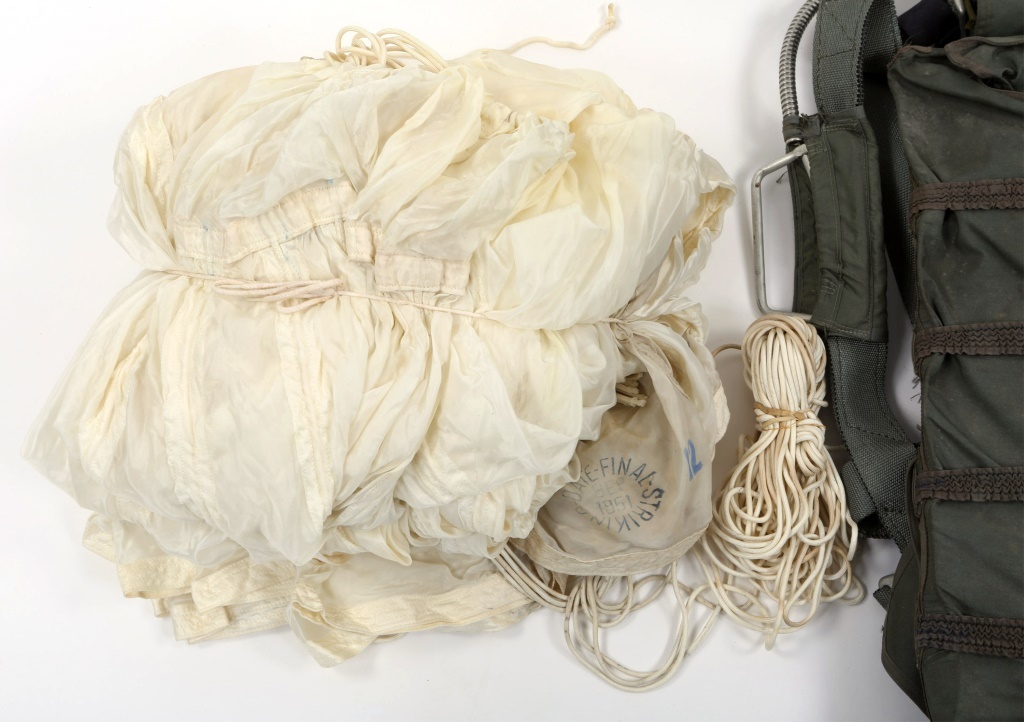

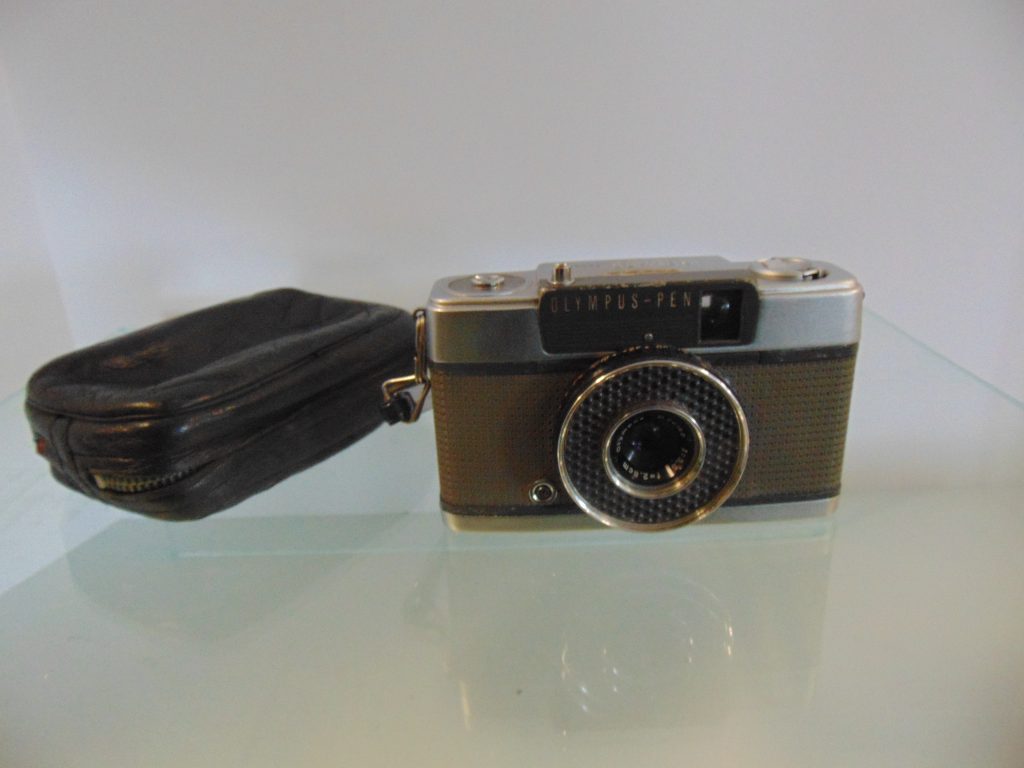

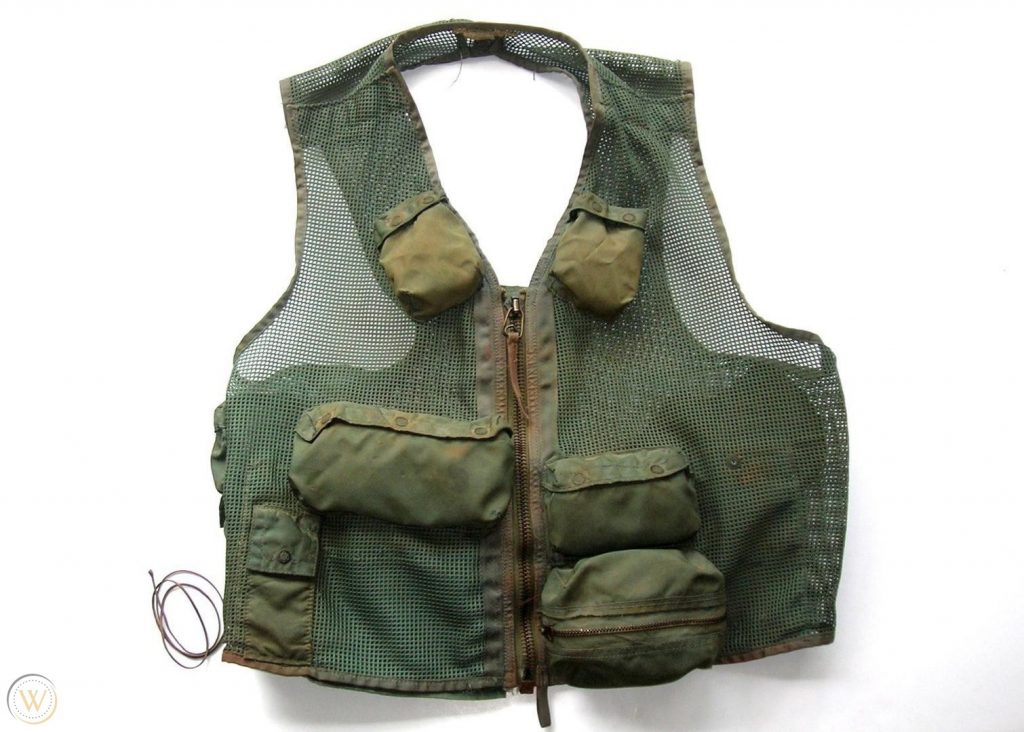
SRU-21/P Survival Vest
The SRU-21/P Survival Vest is a lightweight vest for stowage of survival equipment for air crewmen. Made of a sturdy nylon mesh netting, the vest consists of twelve nylon pockets, ten on the outside and two on the inside. There is an optional leather pistol holder which may be attached to the left side of the vest. Weapon must be specified when ordering the optional holder. A separating type slide fastener, located in the front, closes the vest.

